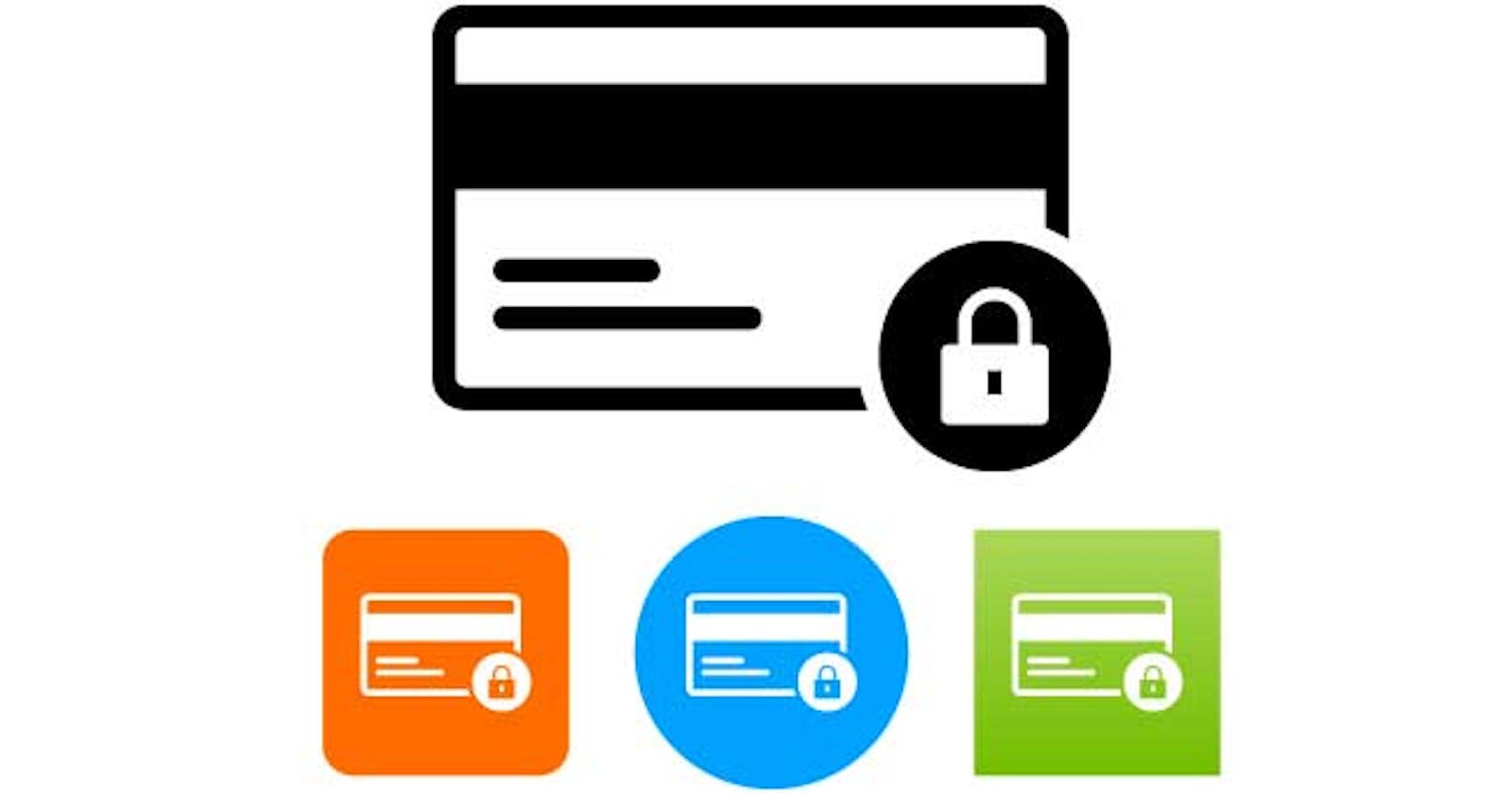Table of contents
No headings in the article.
Introduction: In this tutorial, we will explore how to create a custom payment processor in Medusa, the powerful open-source headless commerce engine. Medusa provides a flexible and extensible platform for handling payments in your ecommerce store, and building a custom payment processor allows you to integrate with payment gateways or implement unique payment flows that are not already covered by existing Medusa plugins. By following this step-by-step guide, you'll be able to unlock new payment possibilities and tailor the payment experience to meet your specific business needs.
Prerequisites: Before we begin, make sure you have the following prerequisites in place:
A working Medusa-powered ecommerce store
Basic knowledge of JavaScript and backend development
Step 1: Set Up Your Development Environment
Create a new directory for your custom payment processor project.
Initialize a new Node.js project by running the following command:
csharp npm init -yThis will create a
package.jsonfile.
Step 2: Install Medusa and Dependencies
Install the Medusa package as a dependency in your project:
npm install @medusajs/medusaInstall any additional dependencies required for your custom payment processor. For example, if you're integrating with a specific payment gateway, install the corresponding SDK or library.
Step 3: Create the Custom Payment Processor
Inside your project directory, create a new JavaScript file (e.g.,
custom-payment-processor.js).Import the necessary modules and classes from Medusa to extend the base payment processor functionality.
Implement the logic for your custom payment processor, such as handling payment requests, validating payment data, and communicating with the payment gateway.
Customize the behavior and configuration of your payment processor based on your specific requirements. You can define supported currencies, transaction fees, or any other relevant parameters.
Step 4: Integrate the Custom Payment Processor with Medusa
In your Medusa project, locate the
medusa-config.jsfile in the root directory.Configure Medusa to use your custom payment processor by adding it to the list of enabled payment providers.
Update the payment settings in the configuration file to specify the payment processor options and credentials required for your integration.
Step 5: Test and Deploy
Test your custom payment processor by initiating test transactions in your Medusa-powered store.
Ensure that the payment flow is working as expected, with successful communication between your custom processor, the payment gateway, and Medusa.
Once you're satisfied with the functionality, deploy your custom payment processor to your production environment and configure it to handle live transactions.
Conclusion: Congratulations! You have successfully created a custom payment processor in Medusa, expanding the payment flexibility of your ecommerce store. By building a custom payment processor, you can integrate with specific payment gateways, implement unique payment flows, and customize the payment experience to align with your business requirements.
Remember to refer to the resources provided by Medusa:
Explore the endless possibilities of custom payment processing in Medusa and empower your ecommerce store with tailored payment solutions.
